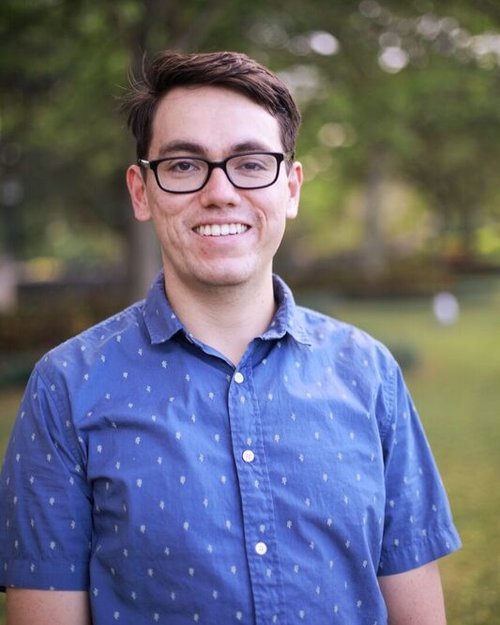Abstract:
Molecular self-assembly is the spontaneous organization of molecules into higher-ordered nano or microstructures. Considering the free energy landscape, self-assembly can be highly pathway dependent, leading to the formation of structures not at the free energy minimum or non-equilibrium. Some non-equilibrium systems arise through chemical reaction-induced assembly. Living organisms rely on reaction-driven non-equilibrium assemblies for growth and adaptability. Thus, to develop biomimetic materials, we will have to gain a better mechanistic understanding of non-equilibrium self-assembly. The focus of this dissertation is on the development and mechanistic analysis of two classes of reaction-driven non-equilibrium systems: polymerization-induced self-assembly and transient supramolecular assembly.
In the first part of the dissertation, I developed a one pot scalable and reproducible synthesis for polyester-based block copolymer nanostructures coined ring-opening polymerization-induced crystallization-driven self-assembly (ROPI-CDSA). In ROPI-CDSA, mPEG is chain-extended by L-lactide in toluene with the assistance of an organocatalyst forming semicrystalline poly-(L)-lactide-block-polyethylene glycol (PLLA-b-PEG) block copolymers. As the polymer chain grows, it becomes increasingly solvophobic, leading to self-assembly. The resulting nanomorphology can be controlled by modifying the polymer concentration or PLLA chain length. Additionally, through catalyst selection, both the onset and rate of self-assembly can be controlled. Fast polymerizations result in a rate of polymerization faster than a rate of self-assembly leading to non-equilibrium assembly. A consequence of this disparity is that through catalyst choice, we can access different morphologies without any variation in molecular structure. Next, in ROPI-CDSA, traditional organocatalytic catalysts are swapped for antibiotics with similar functional groups. The resulting drug-embedded polymer nanoparticles retain antibacterial activity. I postulate that this drug-catalyst strategy can be extended to other examples of polymerization-induced self-assembly for the scalable one pot production of drug-loaded polymer suspensions. A hybrid photoiniferter ROPI-CDSA system is also developed expanding ROPI-CDSA to a variety of biocompatible polyacrylamido-b-polyesters.
The second part of the dissertation focuses on the investigation of two transient supramolecular systems. One system is the antibiotic teixobactin which forms sheet-like assemblies. At higher concentrations, these assemblies selectively act upon gram positive bacterial cell walls, whereas at lower concentrations aggregates are either formed transiently or sparingly at the cell surface. The other system is a chemically-fueled redox system, where oxidation of a thiol into a disulfide hydrogelator leads to nanofiber assembly. As the fuel depletes, the disulfide is reduced back to the thiol precursor, leading to disassembly. I study the assembly and disassembly processes sequentially and synchronously using time-resolved cryoEM. I show that a thermodynamically unstable stacked nanorod phase observed transiently in the sequential process is sustained throughout the synchronous process showing that energy input drives non-equilibrium self-assembly.
As the systems studied in this dissertation mirror biological processes, further understanding of non-equilibrium molecular self-assembly is key to the development of the next generation of robust, adaptable, and active materials as well as unlocking the origins of life.
Speaker:
Institution:
Location:

